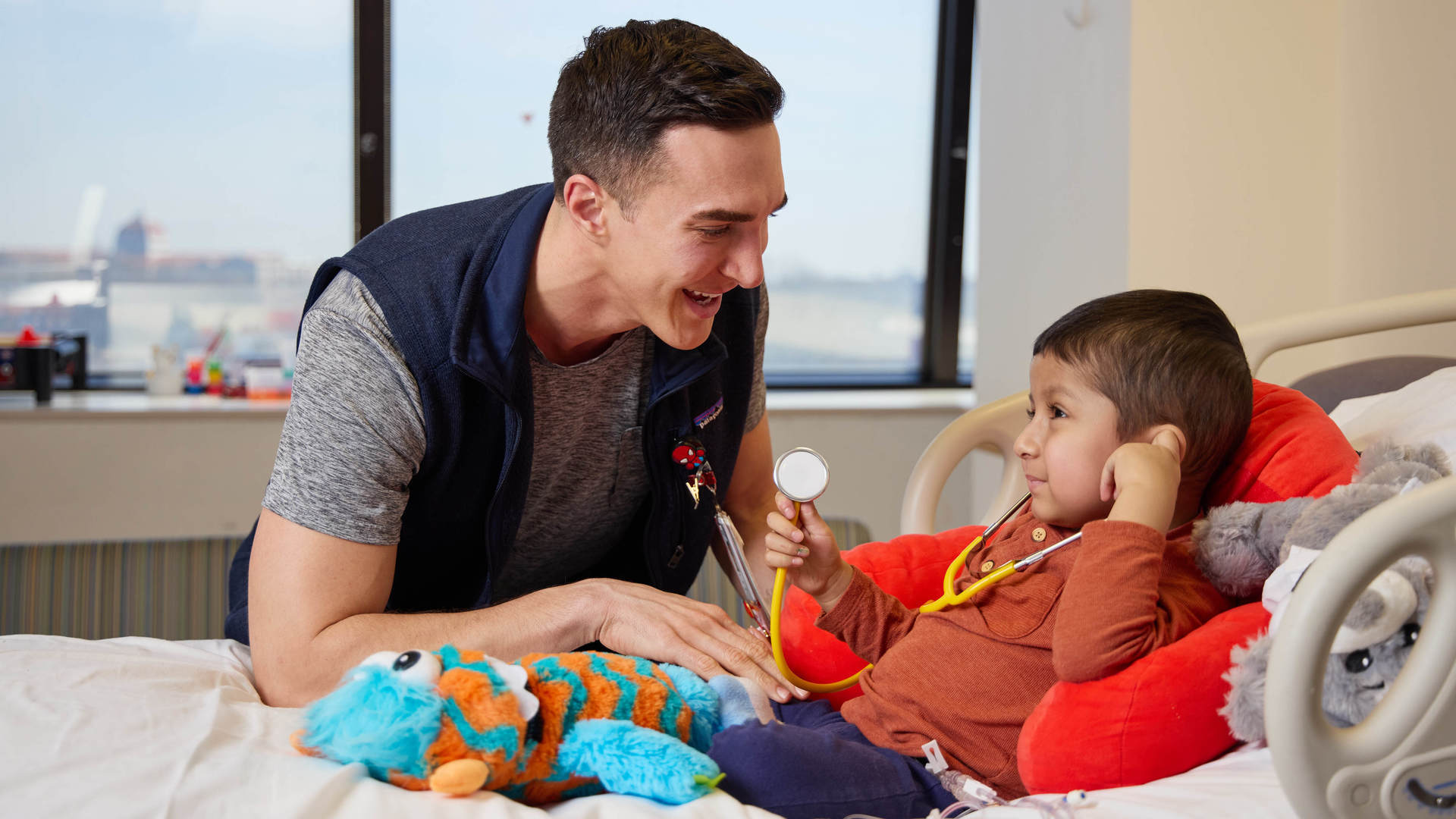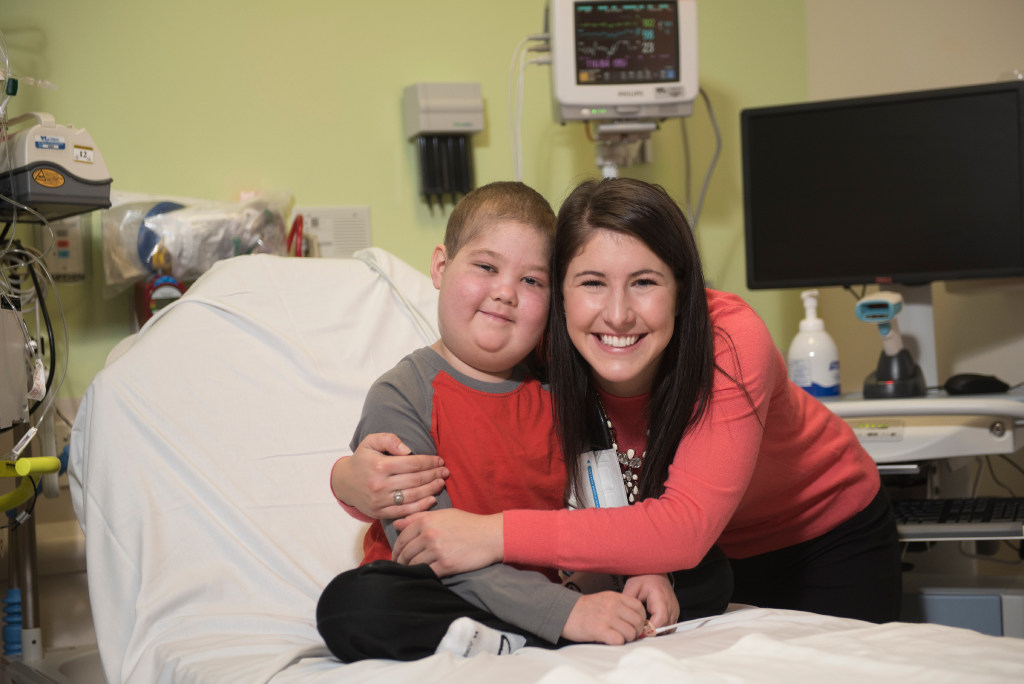Condition
Pediatric Neuroblastoma
What You Need to Know
Neuroblastoma is a cancerous tumor that begins in nerve tissue of infants and very young children. The abnormal cells are often found in the nerve tissue that is present in the unborn baby and later develops into a detectable tumor. Neuroblastoma is rare in kids older than 10 years of age; however, it does occur occasionally in adults.
Key Symptoms
Symptoms of neuroblastoma vary greatly depending on each child, the size, location and the spread of the tumor.
Symptoms may include:
- Abdominal mass
- Painless, bluish lumps may be seen under the skin
- Trouble breathing
- Swelling and bruising of the area around the eyes
- Changes in urination
- Pain,
- Fatigue
- Limping
- Paralysis
- Weakness
- Diarrhea
- Fever
- High blood pressure
- Increased heart rate
Diagnosis
Doctors may perform some or all of the following to diagnose neuroblastoma:
- Blood and urine tests
- Neurological exam
- Computed tomography scan (also called a CT or CAT scan)
- Magnetic resonance imaging (MRI)
- X-ray
- Ultrasound (also called sonography)
- Bone scans
- MIBG (metaiodobenzylguanidine) scan
- Bone marrow aspiration and/or biopsy
Treatment
Treatment methods may include some or all of the following:
- Surgery
- Chemotherapy
- Radiation therapy
- Biologic therapy
- Targeted therapy
- Bone marrow and peripheral blood stem cell transplantation
- Retinoid therapy
- Supportive care
- Continuous follow-up care

Schedule an Appointment
Our pediatric specialists provide personalized care for your child’s physical, mental and emotional health needs. Meet the providers who treat neuroblastoma and schedule an appointment today.


Frequently Asked Questions
What is neuroblastoma?
How common is neuroblastoma?
What causes neuroblastoma?
What are the symptoms of neuroblastoma?
How is neuroblastoma diagnosed?
What is the treatment for neuroblastoma?
What is the long-term outlook for a child with neuroblastoma?
Departments that Treat Neuroblastoma

Solid Tumor Program
Our Solid Tumor Program has a dedicated team of sarcoma experts who specialize in the newest treatments and clinical trials.

Help Kids and Make a Difference
Invest in future cures for some of life's most devastating diseases. Give today to help more children grow up stronger.







